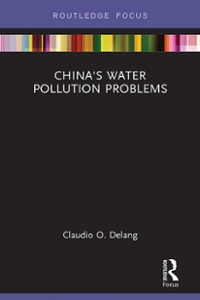1.Outline the Phillips hypothesis is some detail. Also recognize that the theoretical relationship has been questioned based on US experience.
3:23 PM 7/4/2021 204 | REAL WORLD MACRO Article 7.1 THE RELATIONSHIP OF UNEMPLOYMENT AND INFLATION BY RAMAA VASUDEVAN September/October 2006 Dear Dr. Dollar: V Back in first-year economics we learned that there is a tradeoff between un- employment and inflation, so you can't really have both low inflation and low unemployment at the same time. Do economists still consider that to be true? -Edith Bross, Cambridge, Mass. The trade-off between inflation and unemployment was first reported by A. W. Phillips in 1958-and so has been christened the Phillips curve. The simple intuition behind this trade-off is that as unemployment falls, workers are empow- ered to push for higher wages. Firms try to pass these higher wage costs on to con- M sumers, resulting in higher prices and an inflationary buildup in the economy. The trace-off suggested by the Phillips curve implies that policymakers can target low inflation rates or low unemployment, but not both. During the 1960s, monetarists 6 emphasized price stability (low inflation), while Keynesians more often emphasized job creation. The experience of so-called stagflation in the 1970s, with simultaneously high rates of both inflation and unemployment, began to discredit the idea of a stable H trace-off between the two. In place of the Phillips curve, many economists began to posit a "natural rate of unemployment." If unemployment were to fall below this natural" rate, however slightly, inflation would begin to accelerate. Under the "nat- ural rate of unemployment" theory (also called the Non-Accelerating Inflation Rate of Unemployment, or NAIRU), instead of choosing between higher unemployment and higher inflation, policymakers were told to focus on ensuring that the economy 600 L remained at its "natural" rate: the challenge was to accurately estimate its level and to steer the economy toward growth rates that maintain price stability, no matter L what the corresponding level of unemployment. The NAIRU has been extremely difficult to pin down in practice. Not only are estimates of it notoriously imprecise, the rate itself evidently changes over time. In the United States, estimates of the NAIRU rose from about 4.4% in the 1960s, to 6.2% in the 1970s, and further to 7.2% in the 1980s. This trend reversed it- self in the 1990s, as officially reported unemployment fell. In the latter half of the 1990s, U.S. inflation remained nearly dormant at around 3%, while unemploy- ment fell to around 4.6%. In the later Clinton years many economists warned that if unemployment was brought any lower, inflationary pressures might spin out of control. But growth in these years did not spill over into accelerating infla- tion. The United States, apparently, had achieved the Goldilocks state-everything just right! O What sustained this combination of low inflation and low unemployment? Ex- planations abound: a productivity boom, the high rates of incarceration of those







